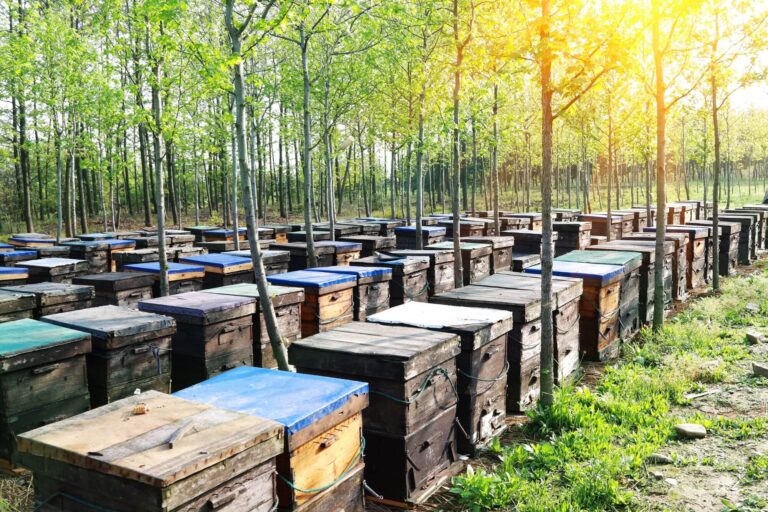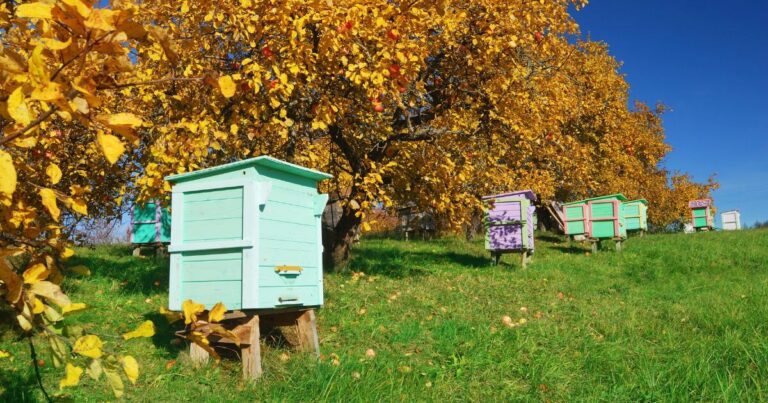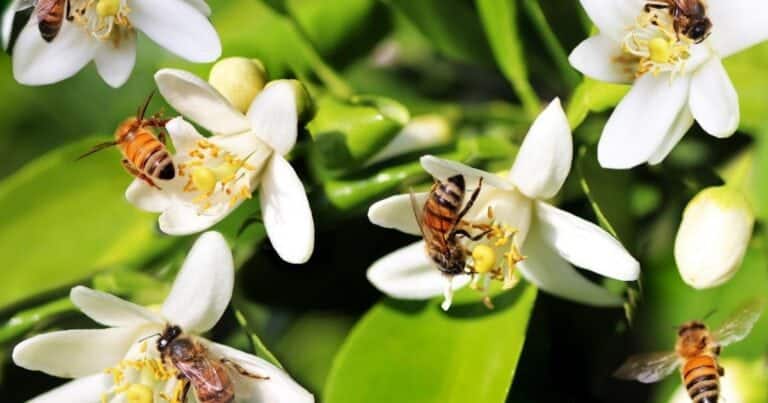Supplementary Feeding For Bees
Supplementary feeding involves the use of a one-to-one solution of sugar and water. Read about the two circumstances in which sugar syrup may be used.

Mankind has been producing sugar since ancient times, although historically, it was neither plentiful nor cheap. Ironically, honey was the more commonly used sweetener.
Native to Asia, sugarcane consists of a number of species of perennial grasses in the genus Saccharum. The stems are rich in sucrose and were originally simply chewed raw.
Cultivated in India since at least the 8th century BC, the much later discovery of a process whereby sugar could be crystallized from juice made it important as a commercial crop, as it became far easier to store and transport.
The Indian name for these crystals, khanda, became the precursor for the English word candy. In medieval times, crusaders returned from the Holy Land with ‘sweet salt’, and Venice became the centre of the sugar trade in Europe.
In Australia, cane sugar is cheap and readily available. However, in cooler climates, sugar may also be derived from the sugar beet (Beta vulgaris). This process dates back to the mid-to-late 18th century.
The Napoleonic wars and the resultant British blockades strongly stimulated the cultivation of sugar beet, which, by 1880, had become the primary source of sugar in Europe.
After harvesting, sugarcane is chopped into lengths, whereupon the juice is extracted and then clarified with lime. Water is removed through evaporation, and the syrup is then seeded with sugar crystals to promote crystallization. The remaining solution is called molasses – a byproduct of the refining process.
Sugar syrup, consisting of sugar and water, is sometimes used as a supplement for bees. It is very important that only pure white sugar is used, as bees are unable to digest the molasses in raw or brown sugars.
Why should we feed sugar to bees?
There are two circumstances in which sugar syrup may be used:
Stimulus feeding involves the use of a one-to-one solution of sugar and water, which is not sufficiently concentrated to allow the bees to store the sugar. Rather, the objective is to trick the bees into believing a strong nectar flow is available.
The sugar is digested by workers and assists with the production of wax. The queen lays more eggs, and the hive’s population quickly increases. This method is often used by commercial beekeepers to ‘beef up’ their hives before a strong nectar flow or immediately prior to crop pollination, like almonds.
As hobbyist beekeepers, do we need to do this?
The short answer is no. Hobbyist beekeepers generally do not possess more than five hives, so there is little competition between colonies. In addition, hobbyists’ hives are usually located in or near suburban gardens, so there is a wide variety of flora on which the bees can forage.
Stimulus feeding can become rather time-consuming, as bees will readily utilise the syrup, and a hive may go through as much as three litres every three days! If too much syrup is placed in the hive, there is a risk that the syrup will ferment. Fermented syrup causes dysentery amongst the bees, which can be seen in the form of tiny yellow/orange smear marks on or near the hive.
Survival feeding is used when there is a dearth of nectar to keep the colony alive until conditions improve.
This technique may also be used as a safeguard if limited flora is available before the onset of winter. In such a situation, supplementary sugar may literally mean the difference between life and death.
A solution of two parts sugar to one part water is usually used – sometimes even stronger. Like stimulus feeding, the bees can consume the syrup, but since it is more concentrated, it is also able to be stored. The stored syrup is dehydrated and capped, exactly like honey. It still tastes like sugar syrup and has limited nutritional value compared to honey, but it will keep the bees alive.
There are a variety of different types of ‘feeders’ available to deliver the sugar syrup to the hive, and all have their pros and cons. Remember that it is important not to open the hive if external temperatures are below 18C.
The most common form of feeder is the ‘frame feeder’. This replaces a frame inside the hive and will hold around two to three litres of syrup. I add clean straw or hay, which floats in the syrup and prevents the bees from drowning. This type of feeder requires the hive to be opened, which in cold weather can chill the bees and brood. Also, a reasonable-sized colony can consume up to a litre of syrup per day, so although the feeder is easy to use, regular refilling can become tedious.
‘Top feeders’ sit on top of the hive, directly under the lid, and therefore reduce disturbance when refilling. Usually constructed from wood or plastic, these feeders have entrances to allow the bees to access the syrup and may hold up to five litres or more. Like all feeders, they must be kept clean to avoid fermentation. Top feeders are considerably more expensive than basic frame feeders.
A quick and easy approach is to put the sugar solution into a ziplock bag and expel as much air as possible. Half a dozen small holes are cut in the top of the bag, which is then placed in the hive on top of the frames. The bag will slowly deflate as the bees drink the solution. Although this is a cheap and effective method of providing emergency sugar supplement, bags will need to be replaced more regularly than other feeders as they can only hold a very limited volume of solution.
Supporting Your Bees
For hobbyist beekeepers, sugar feeding should only be necessary when bees face challenging conditions. By understanding when and how to provide this supplementary food, you can give your little friends a helping hand when they need it most!
Ben’s Bees now sells bee fondant in the bee food section of our online store.



